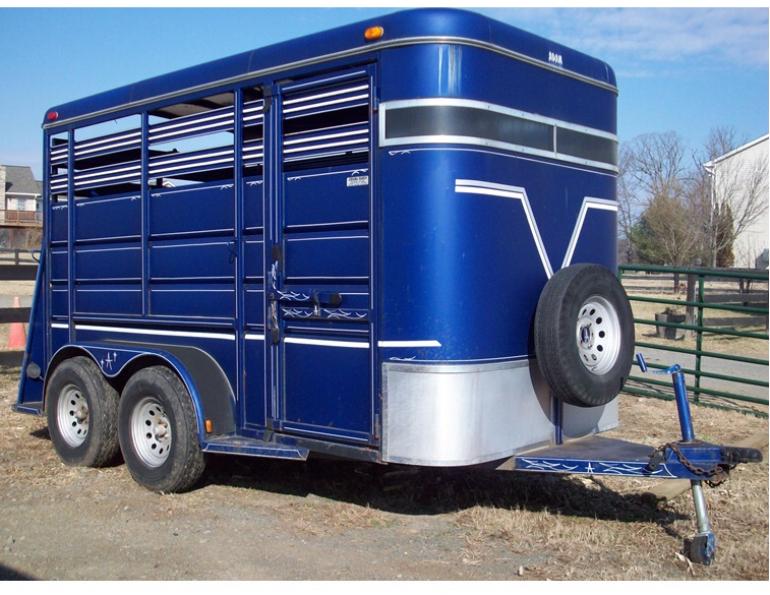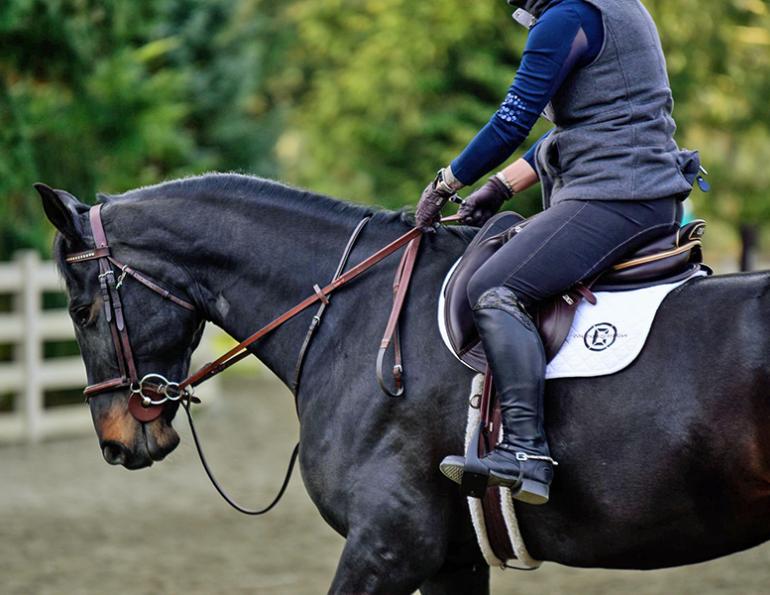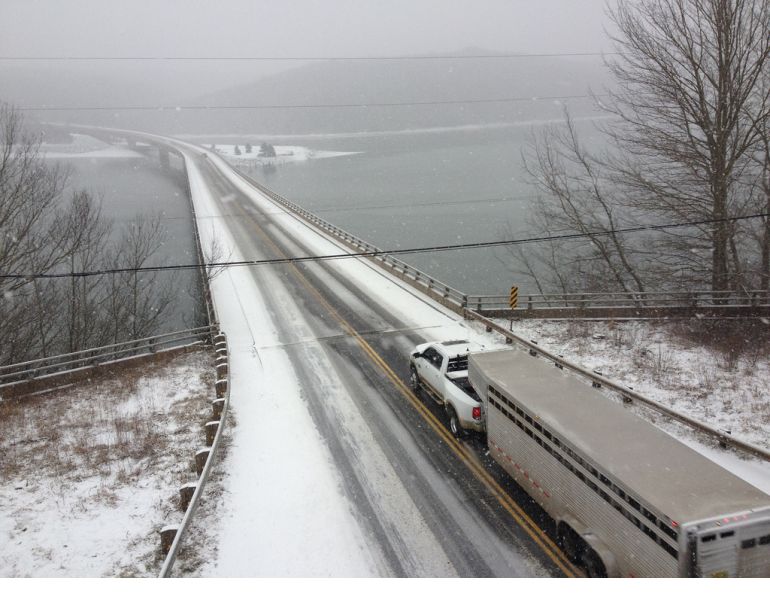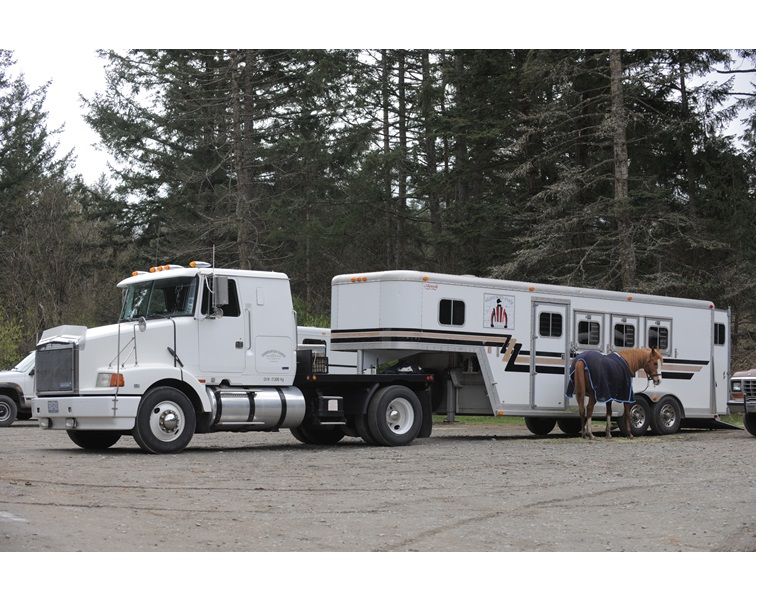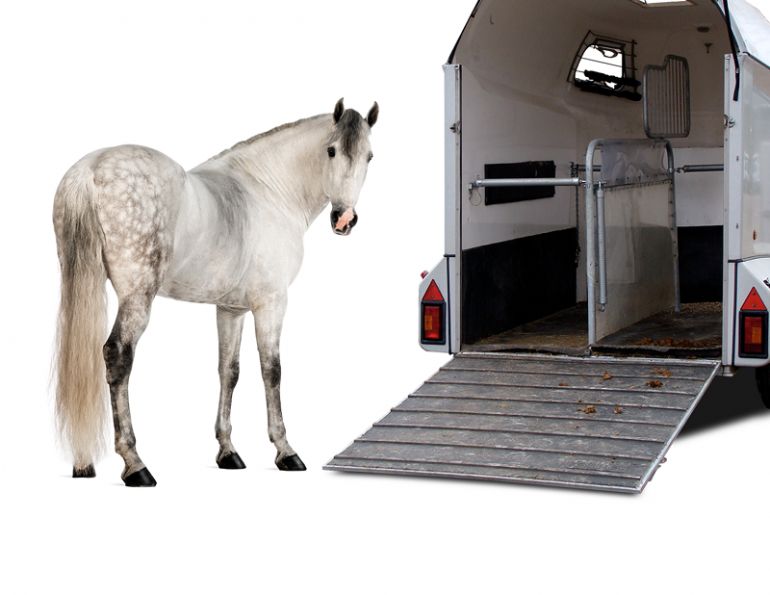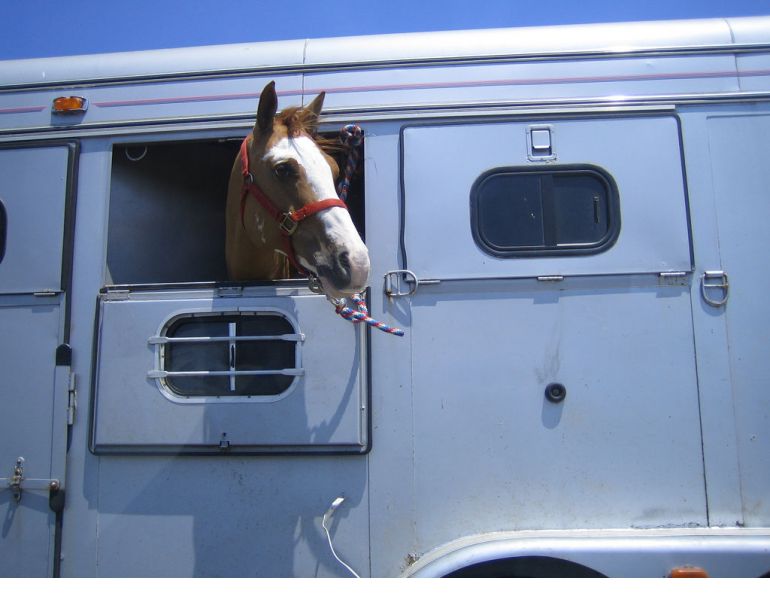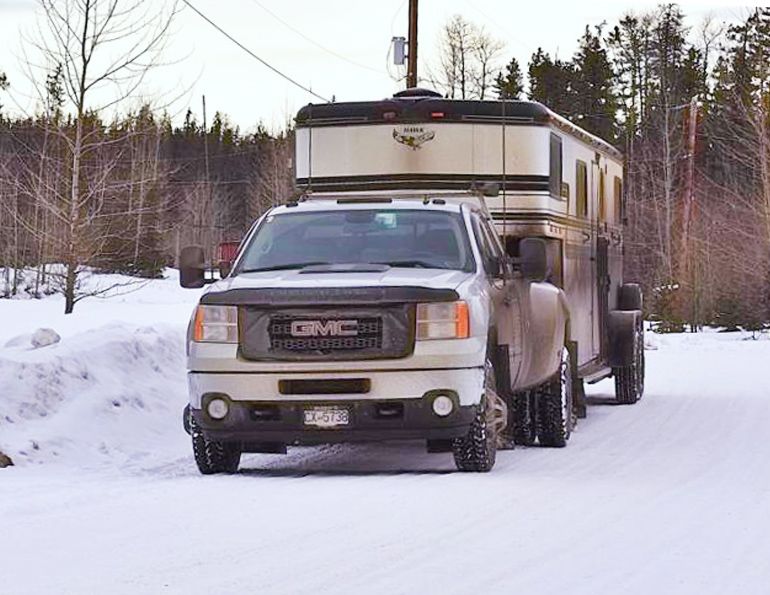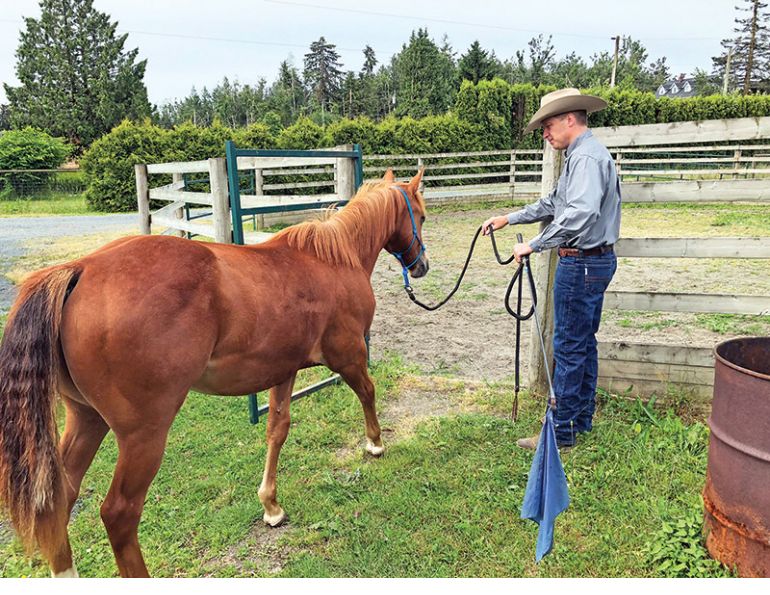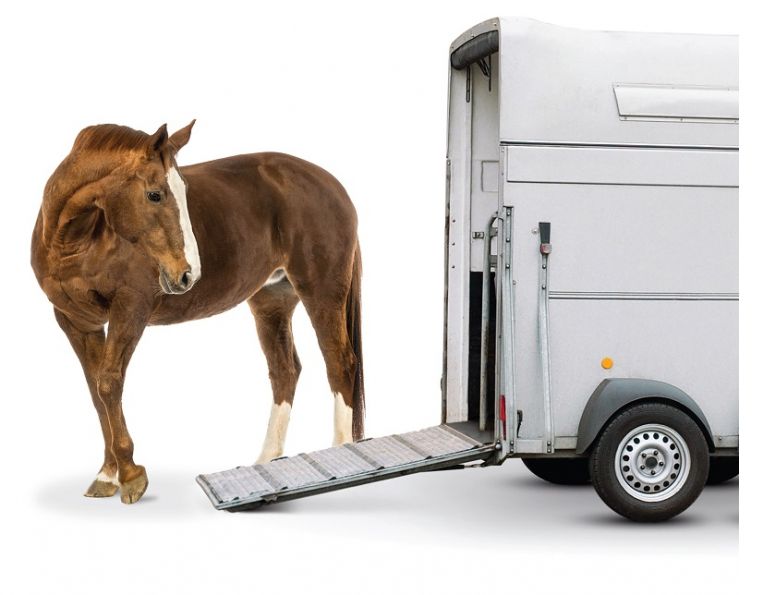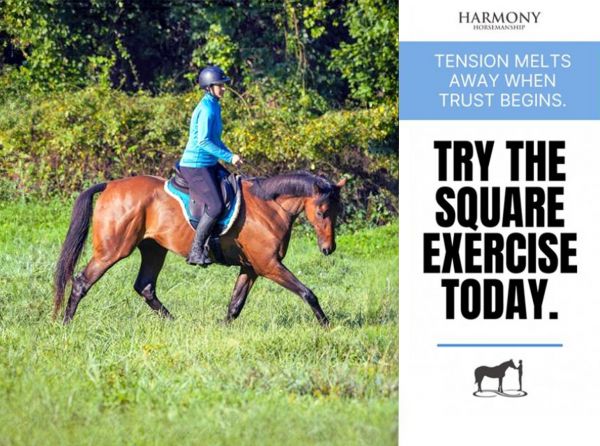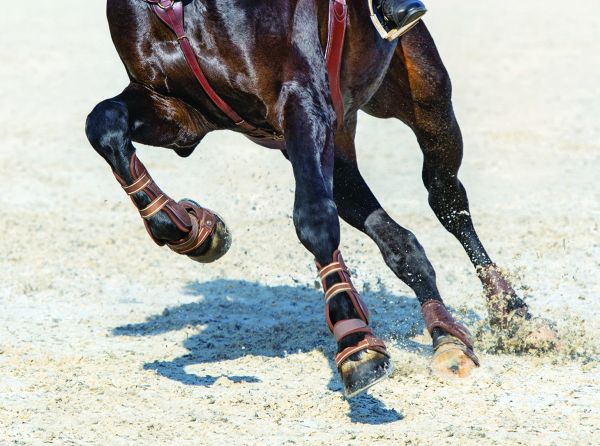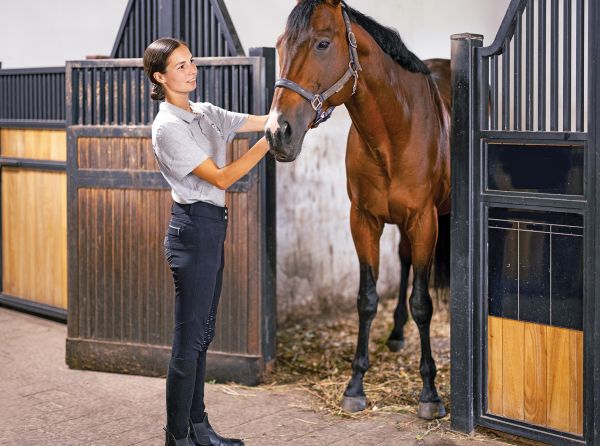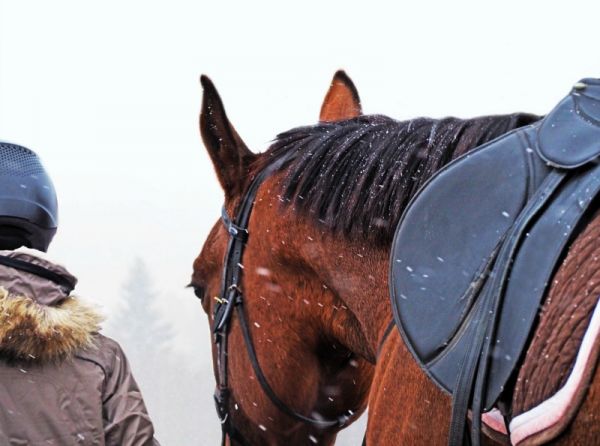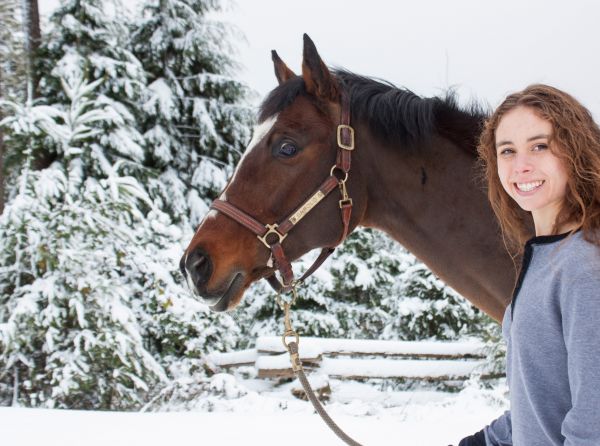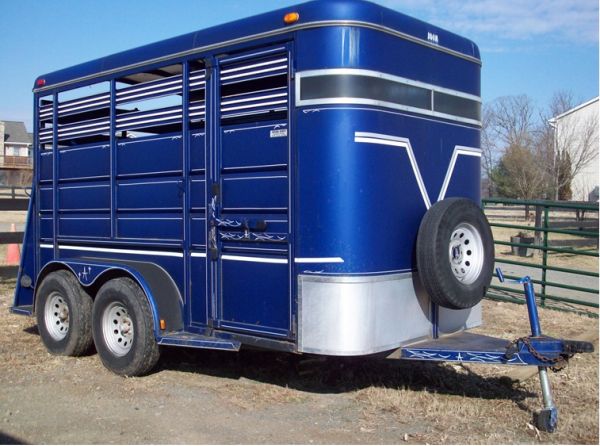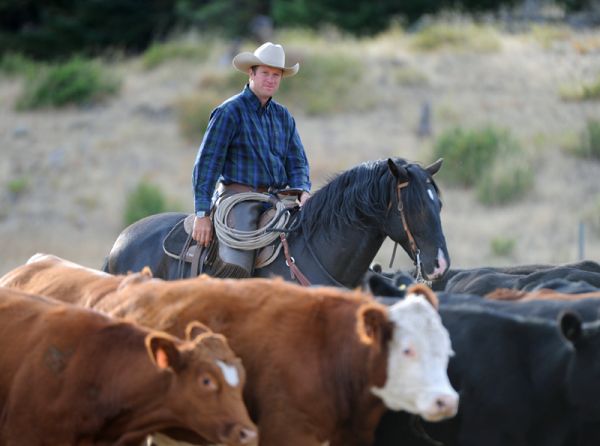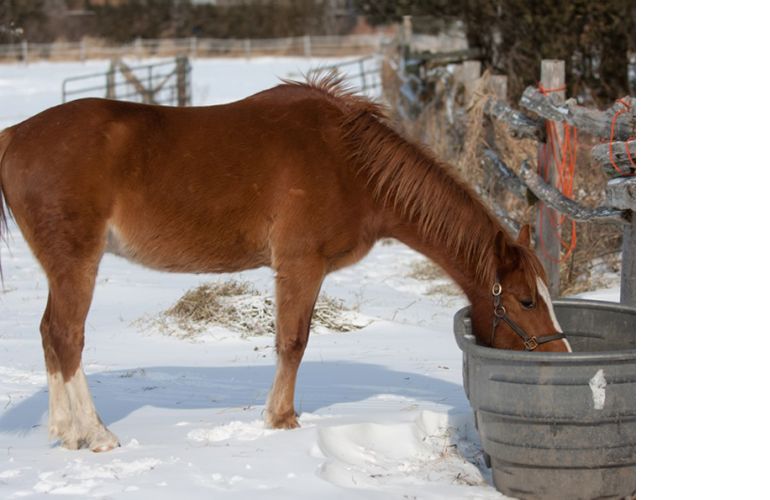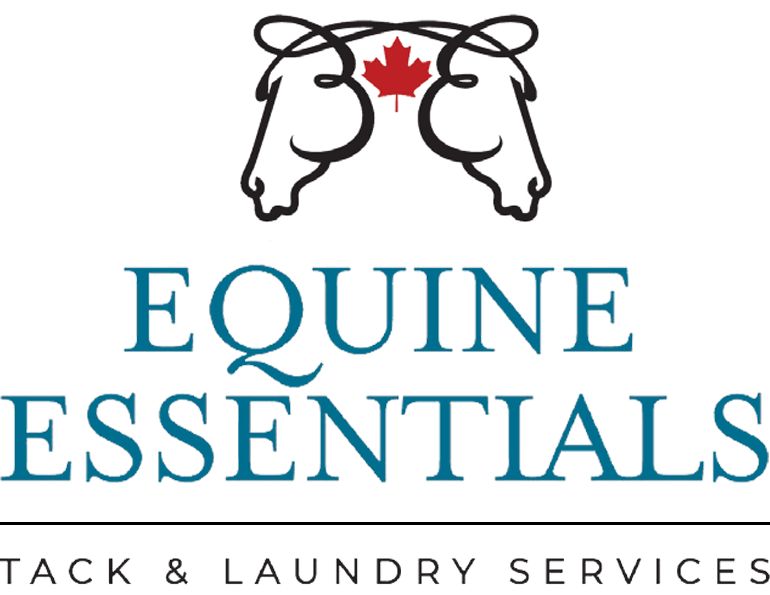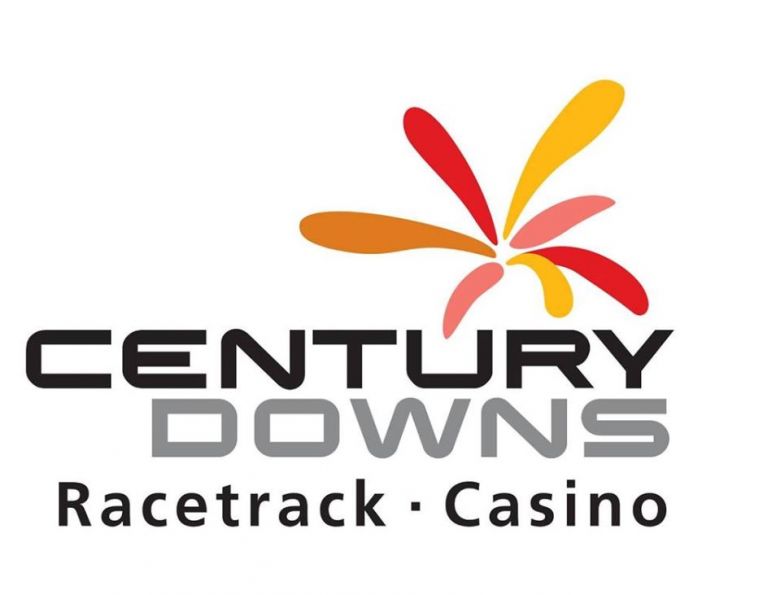By Kevan Garecki
For many buyers, the idea of spending tens of thousands of dollars on a new horse trailer can be overwhelming. Choosing a pre-owned trailer can be a cost-effective alternative, but it’s crucial to evaluate several key factors to ensure your horse’s safety and avoid expensive repairs down the road.
Structural Integrity: The Non-Negotiables
Before committing to a used trailer, thoroughly inspect its frame, cross-members, and hitch components. If you notice sagging, cracks, or breakage in any of these areas, it’s best to walk away—these issues can compromise the trailer’s safety and are often costly to repair.
While some structural elements, such as wall supports or roof bows, can be welded, ask yourself: Why did they fail in the first place? Damage in these areas may signal deeper issues that could lead to more problems later.
Rust and Corrosion: When to Say No
Surface rust is common on used trailers and can often be treated, but severe corrosion is a red flag. If rust has eaten through a panel, reconsider the purchase—what’s visible might be just the beginning of hidden structural decay. A small rust hole could indicate more extensive damage underneath that isn’t immediately apparent.
Repair Costs: A Hidden Expense
Many buyers focus on the initial purchase price but overlook the cost of repairs. Items such as:
- Dividers, doors, and hatches
- Cracked windows or damaged latches
- Worn-out floor mats or rotting wood
…can quickly add up. Before purchasing, make a list of mandatory repairs and a secondary list of recommended fixes. Then, compare the total repair costs against the purchase price—many older trailers end up costing double their initial price just to make them roadworthy.
Related: Horse Trailer Accident Liability
Pull up the mats and inspect the floor boards very carefully. Pay particular attention to the edges and ends of the floor, as this is most commonly where you’ll find waste matter and moisture that has collected over the years. If you find a board that appears soft or rotted, determine how deep the rot goes. “Surface” rot is just that – no more than the depth to which you could press the edge of your fingernail. Anything more than that means the board should be replaced. If you can tackle this sort of job yourself, count on spending up to $4 per linear foot for pressure treated two-by-six flooring. Labour at a shop can be almost triple that cost. I seldom recommend replacing just one or two boards in an older unit. If one is rotten, I would opt to rip them all out. Re-flooring a two-horse straight-haul can cost anywhere from $600 to $1200.
Tires can be a significant expenditure, with prices at anywhere from $135 to $280 per tire. This is one place where quality doesn’t cost, it pays. Get the best you can afford. Never use passenger car or light truck tires on a horse trailer. They are not designed to withstand the stresses placed on them by a trailer.
Related: A Miraculous Ending to a Terrible Accident
Older trailers are frequently plagued with inoperative braking systems. To completely refurbish the brakes usually requires bearings, brake shoes, drums, and hardware. This can run $350 or more per wheel. With taxes you can spend over $1500 just for brakes! It’s common for 12- to 15-year-old trailers to need this much work to be safely roadworthy.
Electrical issues can also short-circuit a budget. Burned out lights are not a problem, but ancient wiring can be. When in doubt, replace it. It’s no fun dragging your trailer home from a horse show at 10 pm with no marker lights, or stepping on the brakes only to find the trailer brake wiring just went up in smoke. I recently rewired an older two-horse straight-haul. After replacing the lights, wire and cables, break-away switch, battery, switches, and connectors, I spent just over $300. Taking the trailer to a shop to have all that work done would have cost double that amount.
Cosmetic work can be expensive, so unless the unit is already in good structural condition, you may elect to limit this to doing only what’s necessary to prevent further corrosion. The cost of stripping and repainting a three-horse angle-haul can range from $1200 to $4000, so this decision depends on your personal tastes and budget.
If it’s feasible to rebuild a used trailer, you can’t go wrong by doing it properly. You’ll have the peace of mind that your trailer is safe and comfortable for the horses, and enhance its resale value.
Related: How To Ready Your Horse Trailer for Spring Towing
Related: Inside Your Horse Trailer - A Horse's Perspective
Main Photo: Buying used may seem like a more affordable option, but safely restoring an older trailer to roadworthiness can often cost more than double the purchase price.



